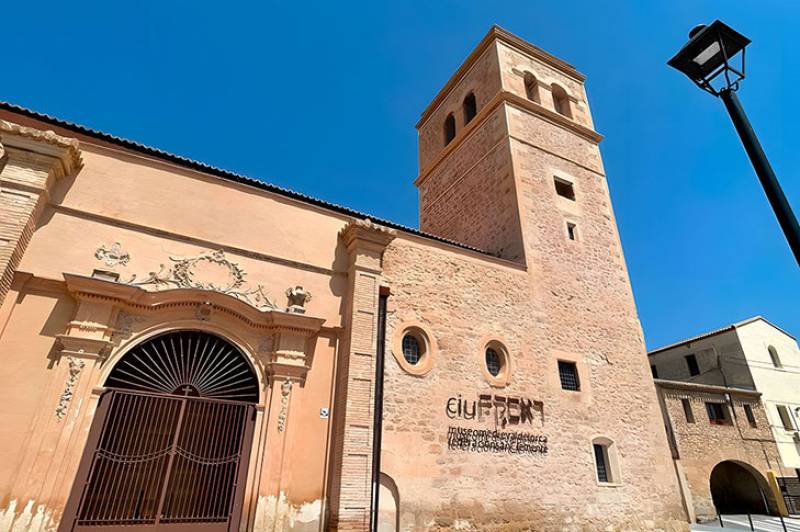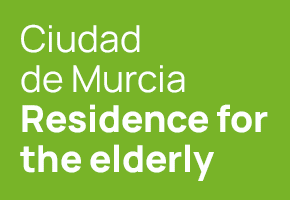

Guidelines for submitting articles to San Javier Today
Hello, and thank you for choosing sanjavier.today to publicise your organisation’s info or event.
San Javier Today is a website set up by Murcia Today specifically for residents of the urbanisation in Southwest Murcia, providing news and information on what’s happening in the local area, which is the largest English-speaking expat area in the Region of Murcia.
When submitting text to be included on San Javier Today, please abide by the following guidelines so we can upload your article as swiftly as possible:
Send an email to editor@spaintodayonline.com or contact@murciatoday.com
Attach the information in a Word Document or Google Doc
Include all relevant points, including:
Who is the organisation running the event?
Where is it happening?
When?
How much does it cost?
Is it necessary to book beforehand, or can people just show up on the day?
…but try not to exceed 300 words
Also attach a photo to illustrate your article, no more than 100kb

Restoration work begins at the church of Santa María in Lorca
The church is one of the oldest still standing in Lorca and dates back to the late 15th century
 Work has begun in the city of Lorca to restore the main façade of the former church of Santa María, now the home of the CiuFRONT history museum, with special attention being paid to the lower part of the main door and the carved stone decorations around it.
Work has begun in the city of Lorca to restore the main façade of the former church of Santa María, now the home of the CiuFRONT history museum, with special attention being paid to the lower part of the main door and the carved stone decorations around it.
In addition, some ornamental features which have been lost over the years are to be replaced as the Town Hall continues to place great importance on the preservation and recovery of the buildings which represent Lorca’s historical significance and heritage.
The church of Santa María la Mayor in Lorca is one of the oldest still standing in the city, and to understand the location and circumstances in which it was built it is necessary to remember that in the 13th century the territory now known as the Region of Murcia was conquered by Christian forces of the Kingdom of Castilla after 5 centuries of Moorish rule (click here for more on the history of Lorca).
At that point, in 1244, Murcia became a frontier kingdom as the Nazrid Moors still occupied what is now known as Andalucía, their most important city being Granada. This situation prevailed for well over 200 years and Lorca, due to its location in the south-west of Murcia, was very much a frontier settlement, with military considerations being far more important than architectural splendour. For this reason, the most important building in the city was the castle, and the city itself grew within the heavily fortified walls which protected the southern face of the hilltop below the “Fortaleza del Sol” (Fortress of the Sun).
But in the late 15th century, things began to change. Castilian forces began to advance towards Granada (leading to the eventual expulsion of the Moors in 1492) and this meant that Lorca was no longer on the front line: this in turn completely altered the dynamics of the city and the kind of building which was undertaken.
So, for the first time, Lorca developed an architectural and artistic style, and the Gothic tendencies of the time are reflected in the original church of Santa María la Mayor, which was one of around 2,000 founded by King Jaime I of Aragón and was probably built on top of the remains of a former mosque. It had become customary to dedicate churches in such locations either to the Virgin Mary or to San Salvador, and it is even possible that in the years before Moorish rule began in 713 AD the same site had been used for early Christian worship.
This was probably the most important church in Lorca until the completion of San Patricio in the city centre, but it was abandoned during the Spanish Civil War (1936-39) and it was not until 2017 that work started to reconstruct it and put it to municipal use as a museum. This reconstruction made use of much of the original late 15th-century structure, and it is used as a museum of the Middle Ages, recalling the era when Moors, Christians and Jews all lived together in the Iberian Peninsula prior to the expulsion of Moors and Christians by the Catholic Monarchs in 1492.
For more local events, news and visiting information contact the tourist office in the Plaza de España (telephone 968 441914) go to the home page of Lorca Today.










